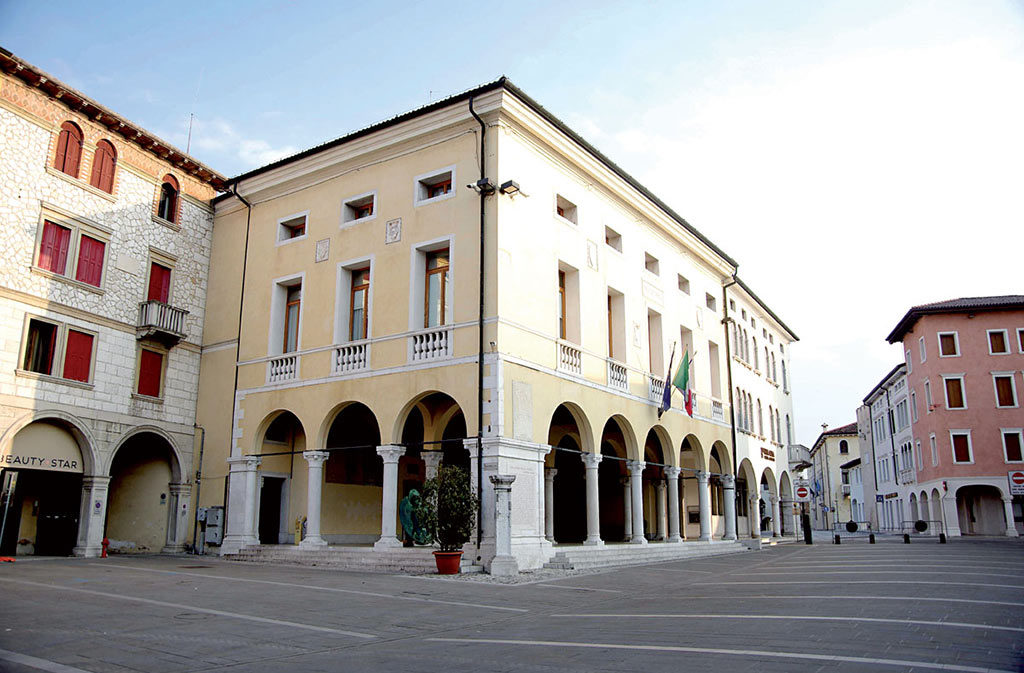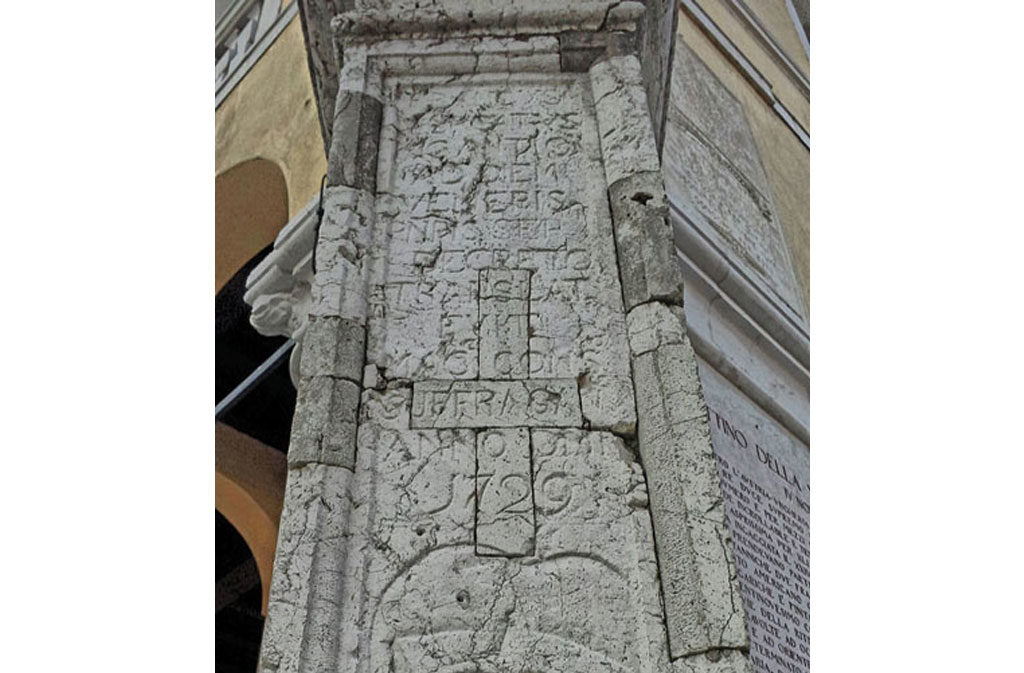Palazzo Comunale, which houses the City Hall, is an elegant 15th-century building. It overlooked the events of the Magnificent Community of Sacile and is a symbol of independence, ambition and of the political power of a city which had already achieved administrative autonomy back in 1190.
A striking background in Piazza del Popolo, the City Hall is one of the most characteristic buildings in Sacile. Being the historic premises of the city’s administration, it is the building that most embodies the city’s history.
The current structure dates back to 1483, when Donato da Como expanded and raised a 14th-century loggia. In the same period, Antonio Zago, an artist from Bergamo, created important paintings of which only a few traces are left today.





